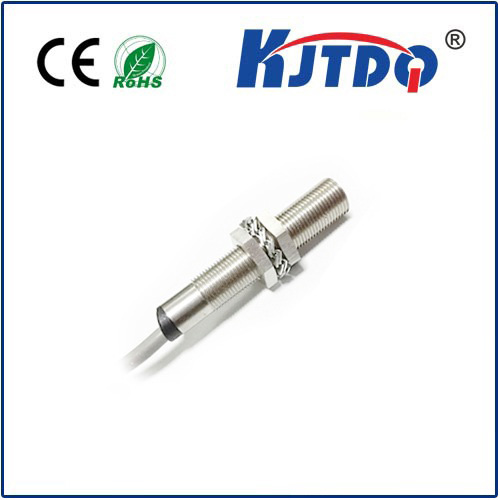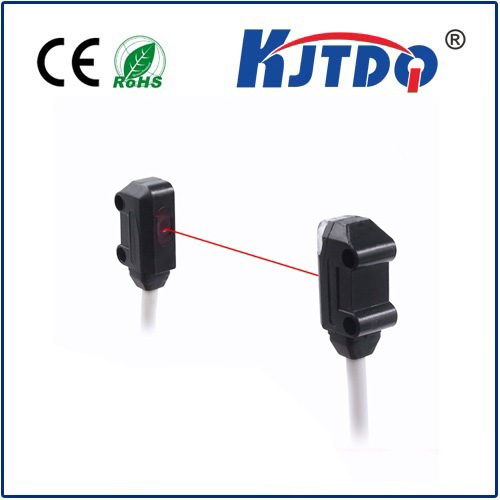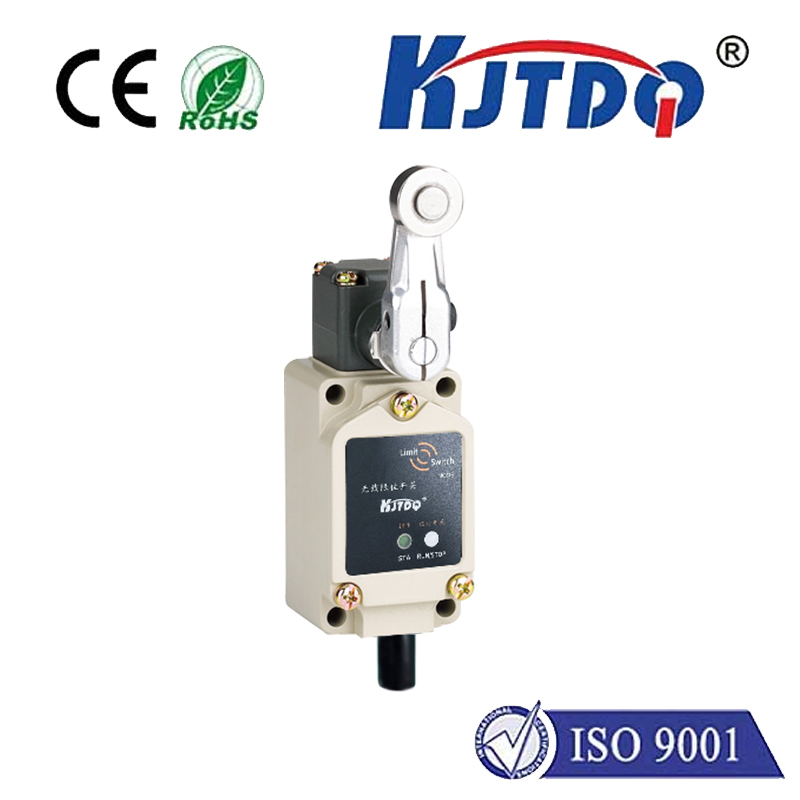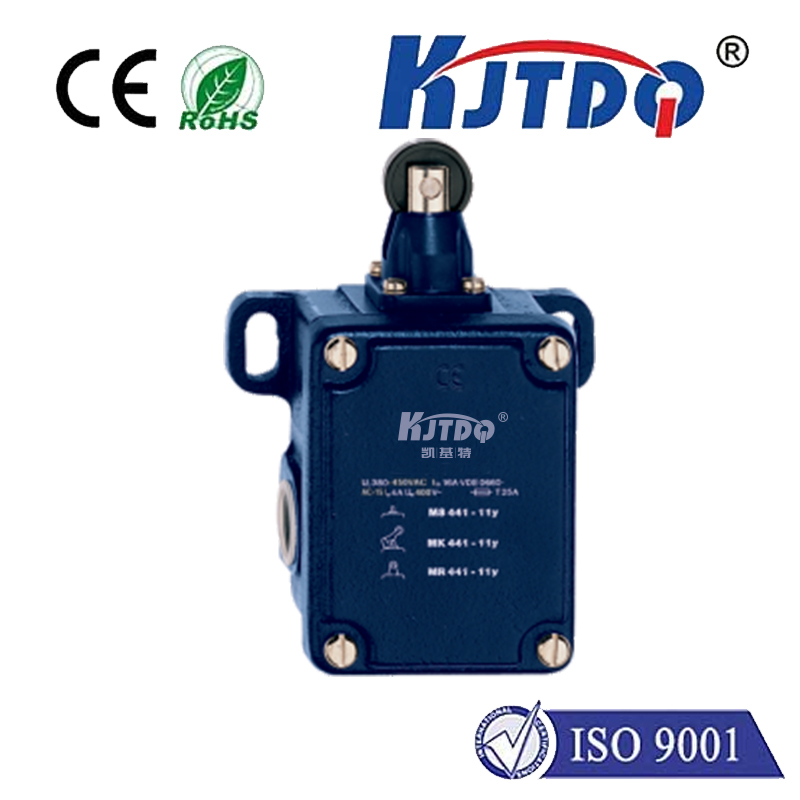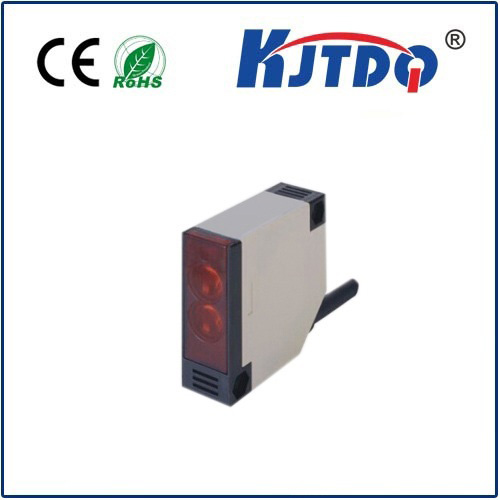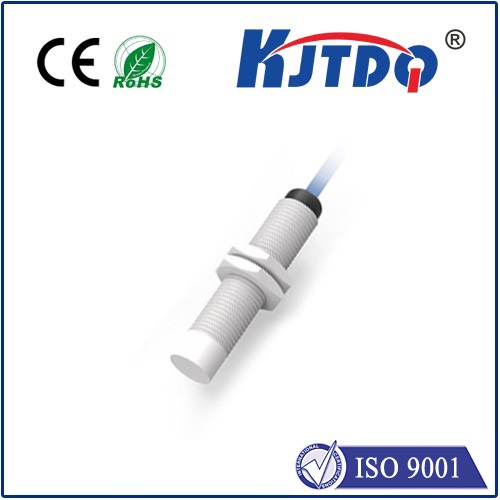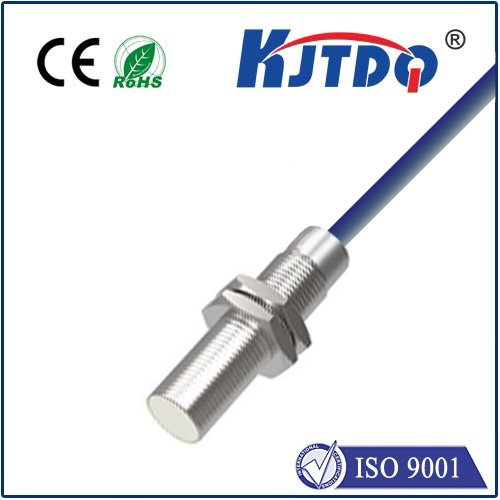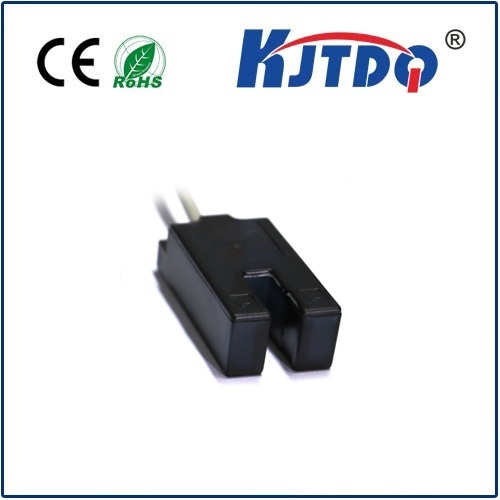Датчик приближения 12v dc
- time:2025-07-15 08:22:53
- Нажмите:0
12V DC Proximity Sensors: Reliable Detection for Your Automation Needs
Imagine the frustration: a critical piece of industrial machinery grinds to a halt. Production screeches to a standstill. The culprit? A faulty position detection sensor. In the demanding world of automation, sensing components are the unsung heroes, silently ensuring smooth operation. Among the most versatile and widely used are 12V DC proximity sensors, offering robust and reliable non-contact detection solutions for countless applications. When precise, maintenance-free object detection is essential within a 12-volt DC power environment, these sensors are often the ideal choice.
Understanding the Core: What is a 12V DC Proximity Sensor?
At its heart, a датчик приближения is an electronic device designed to detect the presence or absence of an object without physical contact. It achieves this by emitting an electromagnetic field or beam and monitoring changes caused by a target object entering its sensing range. A 12V DC proximity sensor specifically refers to a proximity sensor that operates on a 12-volt direct current power supply. This voltage is incredibly common in:
- Automotive systems: Monitoring components, position sensing in seats/mirrors, gear detection.
- Low-voltage control panels: Integrating seamlessly into PLC (Programmable Logic Controller) and relay circuits designed for 12V DC.
- Mobile equipment and machinery: Battery-powered vehicles, agricultural machinery, material handling equipment.
- Renewable energy systems: Particularly in 12V DC solar or battery-backed setups.
- Consumer electronics and DIY projects: Where standard low-voltage DC power is prevalent.
The “DC” aspect is crucial, distinguishing it from sensors requiring Alternating Current (AC).
Why Choose a 12V DC Proximity Sensor? Key Advantages
Several compelling reasons drive the popularity of 12V proximity sensors:
- Ubiquitous Power Compatibility: 12V DC is one of the most common power sources in automotive, industrial control, robotics, and portable equipment. Using sensors natively operating at this voltage simplifies wiring and eliminates the need for additional voltage converters or power supplies in many setups. This reduces complexity and cost.
- Safety: Compared to higher voltages like 24V DC or especially AC voltages, 12V DC offers a significantly safer operating environment. It reduces risks associated with electrical shock during installation, maintenance, or troubleshooting, particularly in confined or potentially hazardous areas. Safety is paramount in any application.
- Энергоэффективность: Proximity sensors, especially modern inductive types, are inherently low-power devices. Operating them at 12V DC contributes to overall system energy efficiency, making them suitable for battery-operated systems where power conservation is critical. Lower running costs are always a plus.
- Simplified Wiring: Many 12V DC proximity sensors feature standardized connection types (like M8 or M12 connectors) and clearly defined wiring schemes (NPN or PNP, Normally Open or Normally Closed). This simplifies integration into existing 12V DC circuits and control panels. Faster installation means quicker deployment.
- Reliability & Long Life: Lacking moving parts and operating on low voltage, 12V DC proximity sensors are extremely robust and offer exceptional service life. Their non-contact nature means no wear and tear from physical interaction with targets. Minimal downtime translates to higher productivity.
Delving Deeper: Types and Sensing Principles (Primarily Inductive)
While various proximity sensor technologies exist (capacitive, ultrasonic, photoelectric), the vast majority of 12V DC proximity sensors encountered in industrial automation and machinery are inductive proximity sensors.
- How Inductive 12V DC Proximity Sensors Work: These sensors generate a high-frequency oscillating electromagnetic field from their sensing face. When a metallic object (ferrous metals like iron and steel are typically most effective; non-ferrous metals like aluminum, brass, or copper have reduced range) enters this field, it induces electrical currents (eddy currents) within the target. This current draw dampens the sensor’s oscillation amplitude. The sensor’s internal circuitry detects this amplitude change and triggers a solid-state output switch (the signal wire) to change state (ON or OFF). Importantly, they require no physical contact and are immune to surface dirt, oil, or water (within their specified ratings).
Critical Specifications for Selection
Choosing the right 12V DC proximity sensor involves considering several key parameters:
- Sensing Range: The maximum distance at which the sensor can reliably detect its specified target material (usually mild steel). Ranges vary from millimeters (mm) to tens of mm. Mounting flush or non-flush also impacts effective range.
- Output Configuration: This defines the electrical switching behavior:
- NPN (Sinking): The output acts as a path to ground (0V) when active. Commonly used with PLCs configured for sinking inputs.
- PNP (Sourcing): The output provides positive voltage (+12V) when active. Commonly used with PLCs configured for sourcing inputs.
- NO (Normally Open) / NC (Normally Closed): Defines the output state when no target is present. NO = Off, NC = On (when powered).
- Housing Material: Typically nickel-plated brass or stainless steel. Stainless steel housings offer superior chemical resistance and durability for harsh environments.
- Environmental Protection (IP Rating): Crucial for reliability. The Ingress Protection (IP) rating indicates resistance to dust and water. МП67 is very common, meaning dust-tight and protected against temporary immersion. IP68 or IP69K offer higher protection for severe environments like food processing or high-pressure washdowns. Don’t underestimate environmental factors.
- Shielded vs. Unshielded: Shielded sensors have a metal ring surrounding the sensing coil, confining the electromagnetic field. This allows flush mounting in metal without affecting detection. Unshielded sensors have a larger field and must be mounted non-flush (surrounded by free space). Mounting constraints are critical for correct function.
- Target Material: Inductive sensors detect metals, but sensitivity varies. Most specify sensing distance for mild steel; detection ranges for stainless steel/aluminum/brass are typically shorter. Check datasheets carefully if detecting non-ferrous metals.
Versatility in Action: Common Applications
The use cases for 12V DC proximity sensors span countless industries:
- Position Verification: Detecting if a cylinder is extended or retracted (
cylinder end position sensor), confirming the presence of a part on a conveyor (object detection on conveyor), checking if a door/hatch is closed (door position switch).
- Object Counting: Counting bottles on a line, packages on a conveyor (
production line counting).
- Speed Monitoring: Detecting the rotation of gear teeth (
зубчатый датчик) or sprockets to calculate RPM (датчик скорости вращения).
- End-of-Travel Detection: Stopping a moving part at a precise location (
limit switch replacement).
- Level Sensing (Indirectly): Detecting the presence/absence of metallic objects in tanks or hoppers (though capacitive or ultrasonic are often better for direct level).
- Security: Detecting unauthorized opening of panels or doors (
security system trigger).
Installation & Integration: Keeping it Simple
Integrating a 12V DC proximity sensor is generally straightforward:
- Power: Connect the Brown wire (standard color, but always check datasheet!) to the +12V DC supply.
- Ground: Connect the Blue wire to the 0V / Ground of the power supply.
- **
